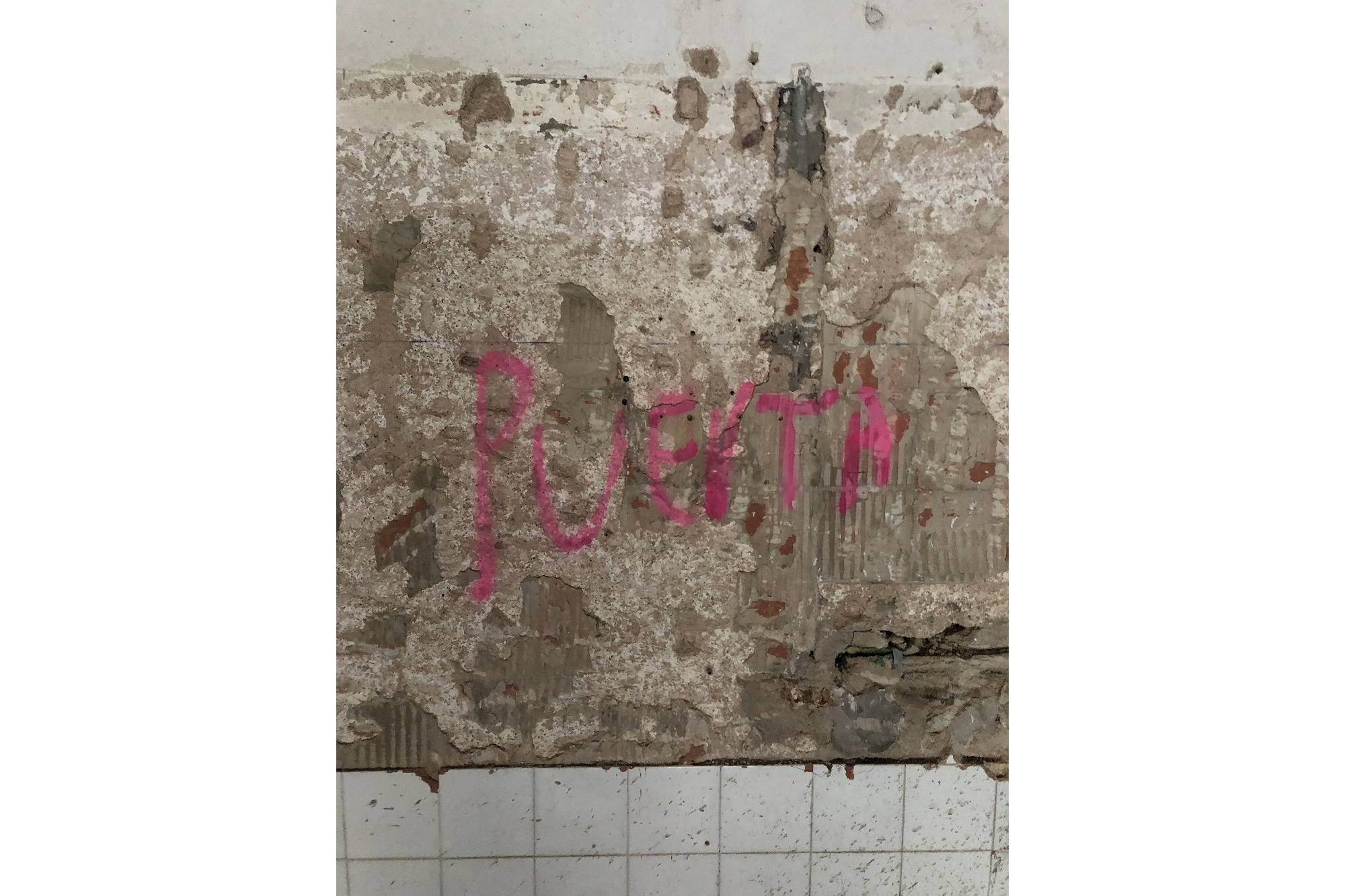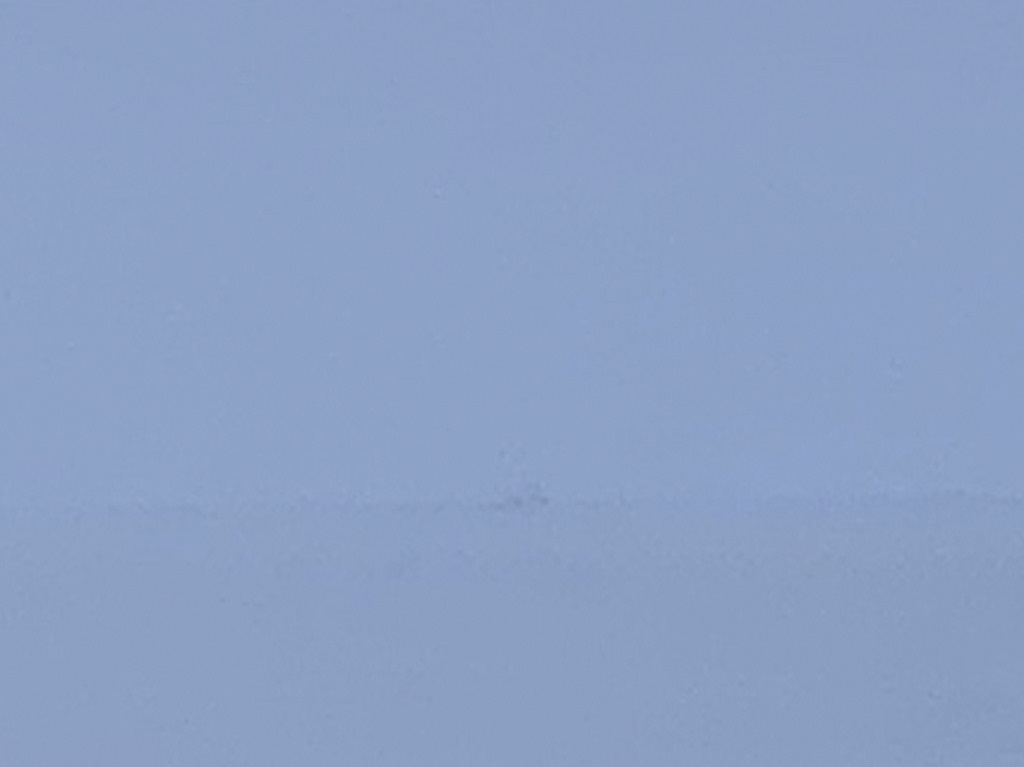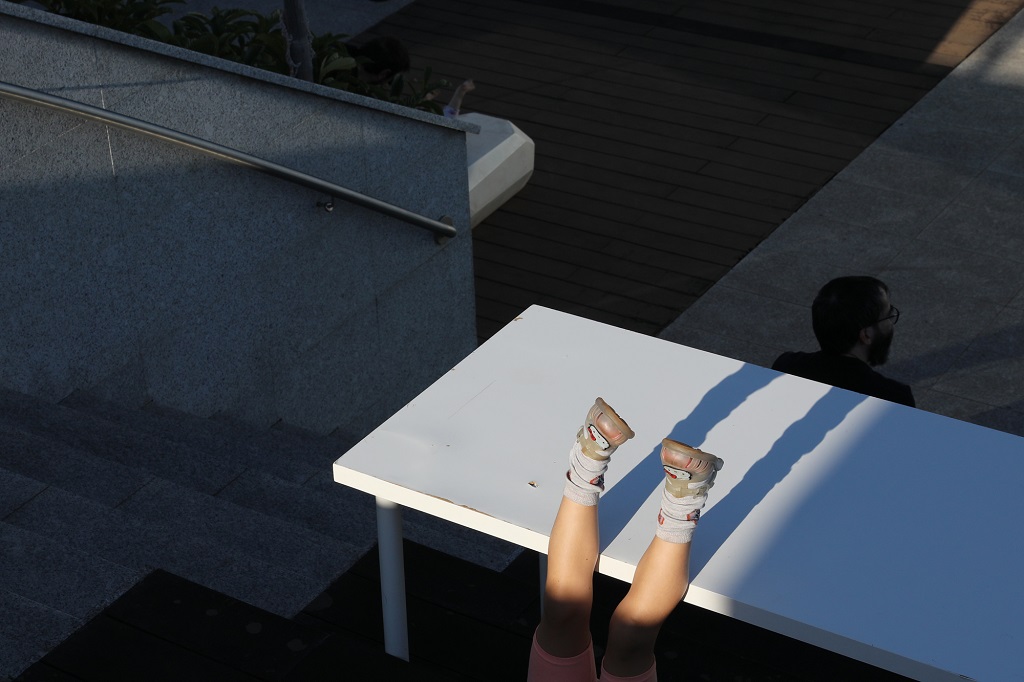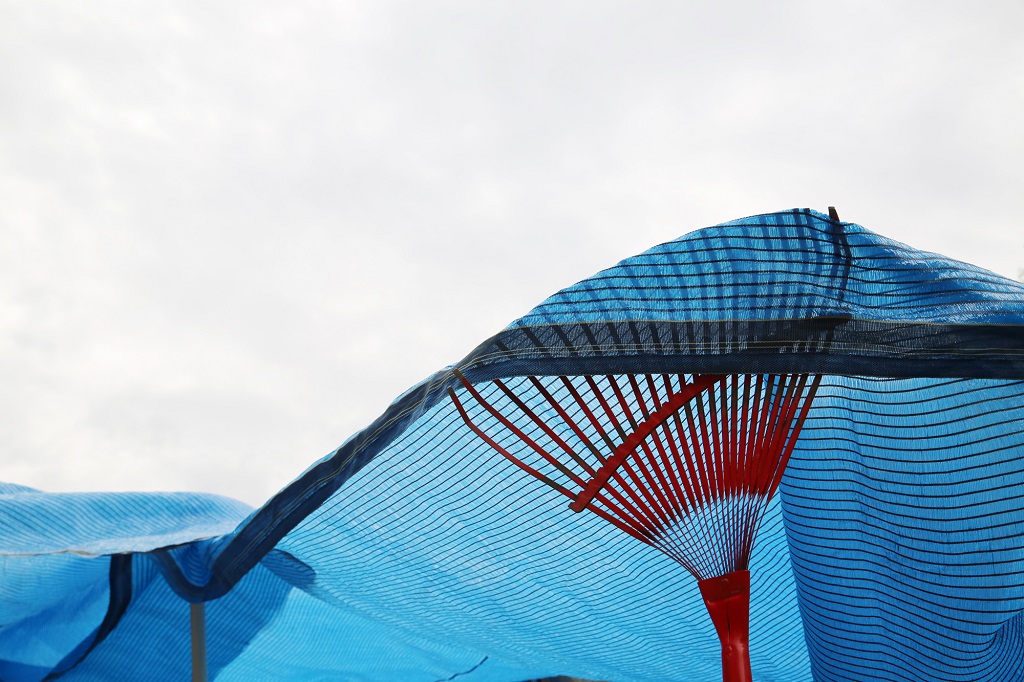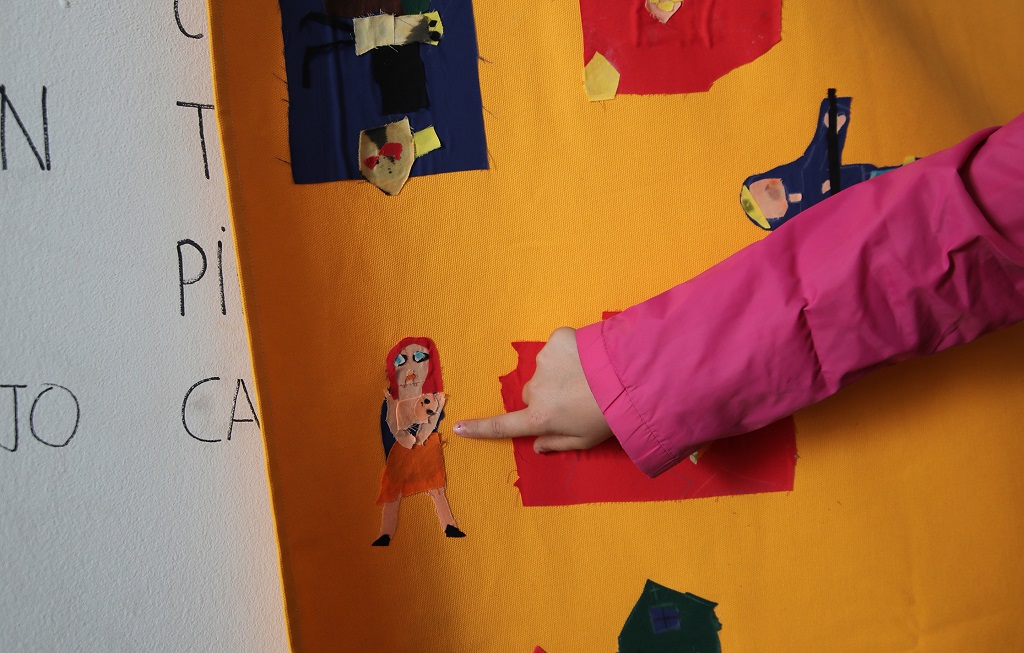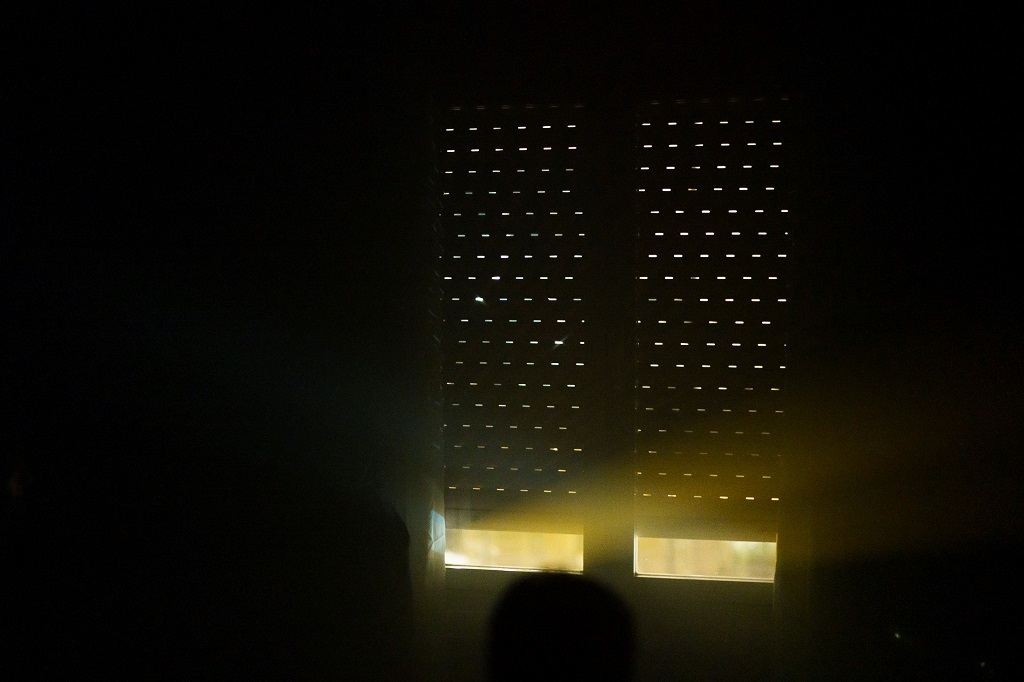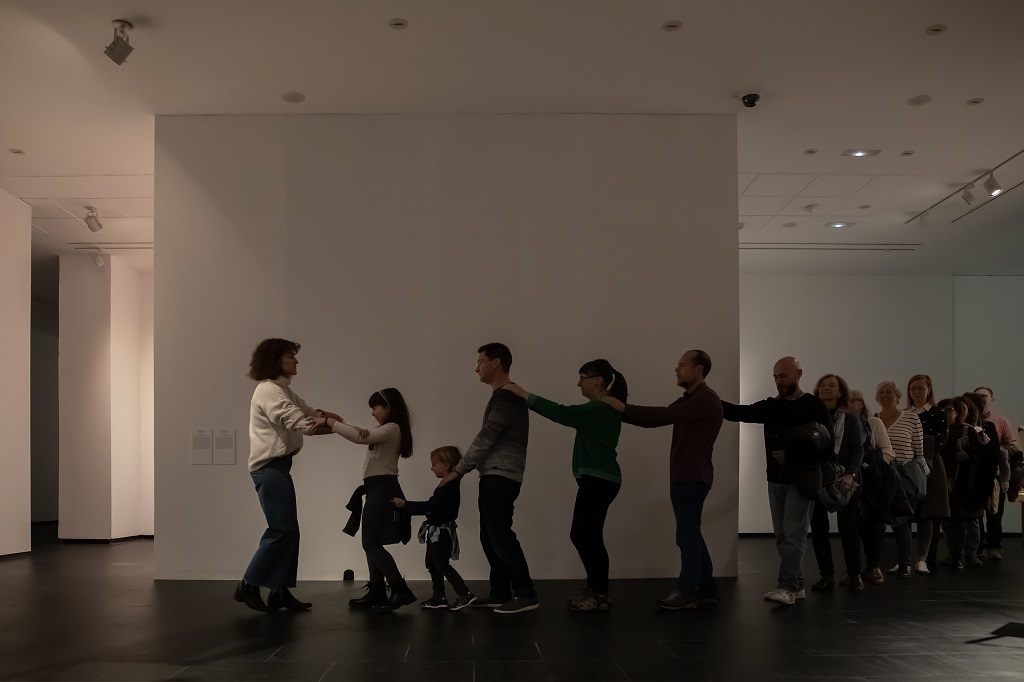This course’s education programme is an underground river.
It appears and disappears.
Its texts are transmitted verbally, that is, via the spoken word.
We would love for anyone to transmit our projects and for them to reach far and wide. So, we have invited the artists we will be working with during this school year to write protocols in order to memorise and explain the programme texts. This way, they won’t be forgotten.
If you are interested in receiving this programme please write to us at educacion.ca2m@madrid.org or call us on 912760227 and we’ll tell you all about it.
- The Art of Happening. Mónica Valenciano
Protocol for memorising and explaining
- Performance and education workshop
- Extracurricular movement workshop
- Unpaired dance workshop
- Voice and performance workshop
- Public presentation
- Overflowing school. EnterArte
Protocol for memorising and explaining
-
Workshop for primary schools
-
Teacher training
-
Public presentation
- Florecer dobladx. BOYA x Seminario Euraca
Protocol for memorising and explaining
-
Workshop visit for secondary schools and senior high schools
-
Public presentation
- Do Without Being Seen. Black Tulip
Protocol for memorising and explaining
-
Open a window in the classroom
-
Public presentation
5. Taller towers
-
Collaboration with the Children’s Residential Centre
-
Collaboration with the Federico García Lorca Public School
-
Collaboration with the Europa High School
-
Collaboration with Pablo Neruda Occupational Training Centre
-
Visits
-
Furtive night-time encounters

